Best teleconverters: how they work, what to look for
The best teleconverters are made to match specific telephoto lenses, and here's our guide to the best ones available for your camera
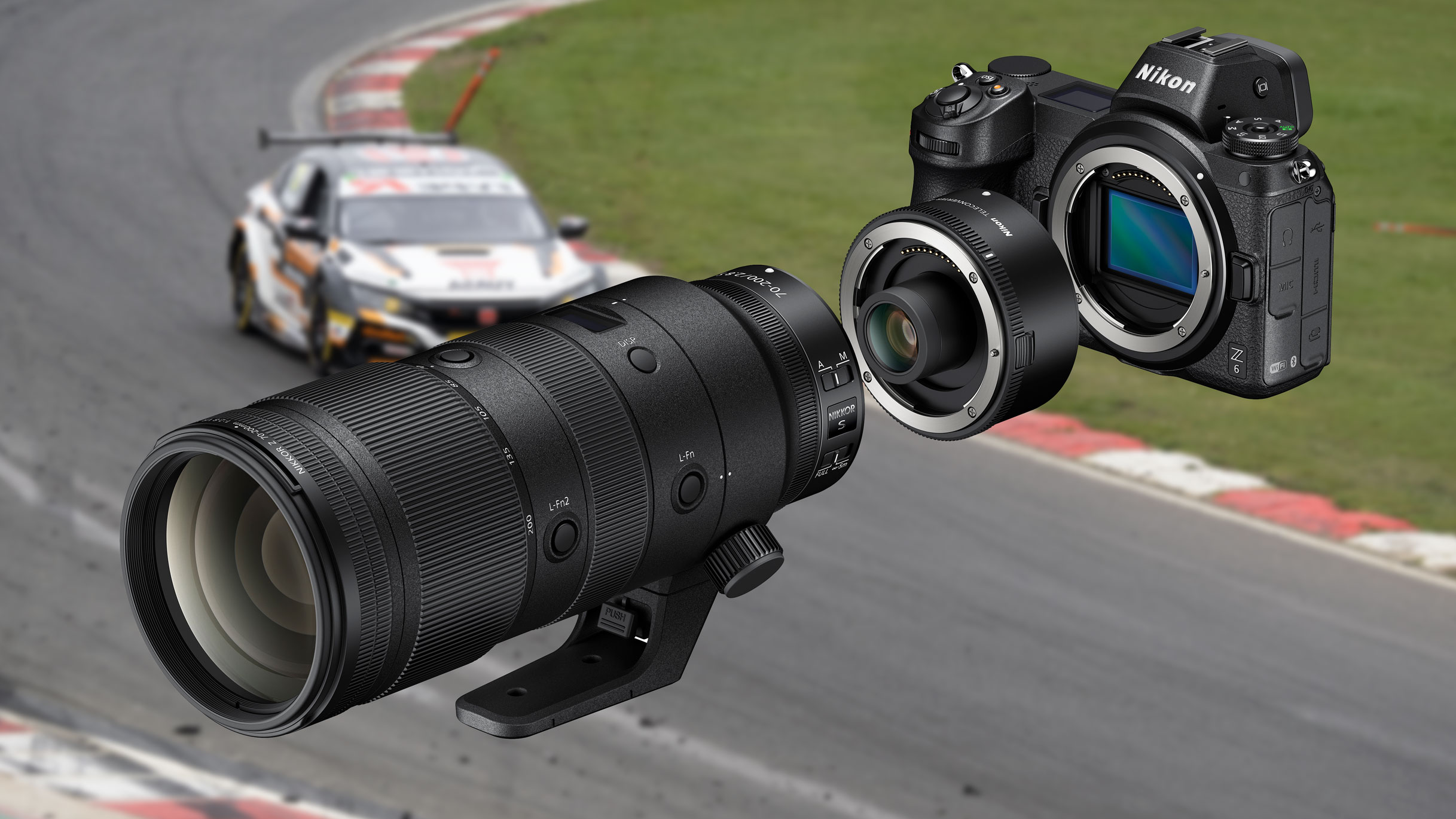
The best teleconverters offer a more affordable way to increase your photographic reach without having to buy a longer lens. Essentially, they are like a secondary lens or magnifying adaptor that fits between your lens and the camera body, which then enlarges the central part of the image.
Generally speaking, you'd use a teleconverter with a telephoto lens – wide-angle prime and zoom lenses are not usually compatible. Because teleconverters extend the focal range of a telephoto lens without degrading the image quality, they're very popular with nature and wildlife shooters who need to fill the frame to small subjects.
Using one does often come at the expense of light gathering power, but let's find out more on that and how they work in the guide below.
You'll find teleconverters in two main sizes, and this means that it's easy to work out the magnification and what it will cost in your lens's maximum aperture to use one.
1.4x teleconverters increase the magnification of your subjects 1.4 times, but you will lose an f-stop in maximum aperture. For example, if you use a 1.4x teleconverter with a 70-200mm f/2.8 lens, it will effectively become a 98-280mm f/4. (If you want to round it up, you could say it becomes a 100-300mm f/4 – not bad!)
2x teleconverters will double the focal length of your lens and its magnification, but at the cost of two f-stops of maximum aperture. Taking a 70-200mm f/2.8 lens as an example again, a 2x converter would make it effectively a 140-400mm f/5.6 lens!
The best teleconverters
Why you can trust Digital Camera World
Canon RF mount teleconverters
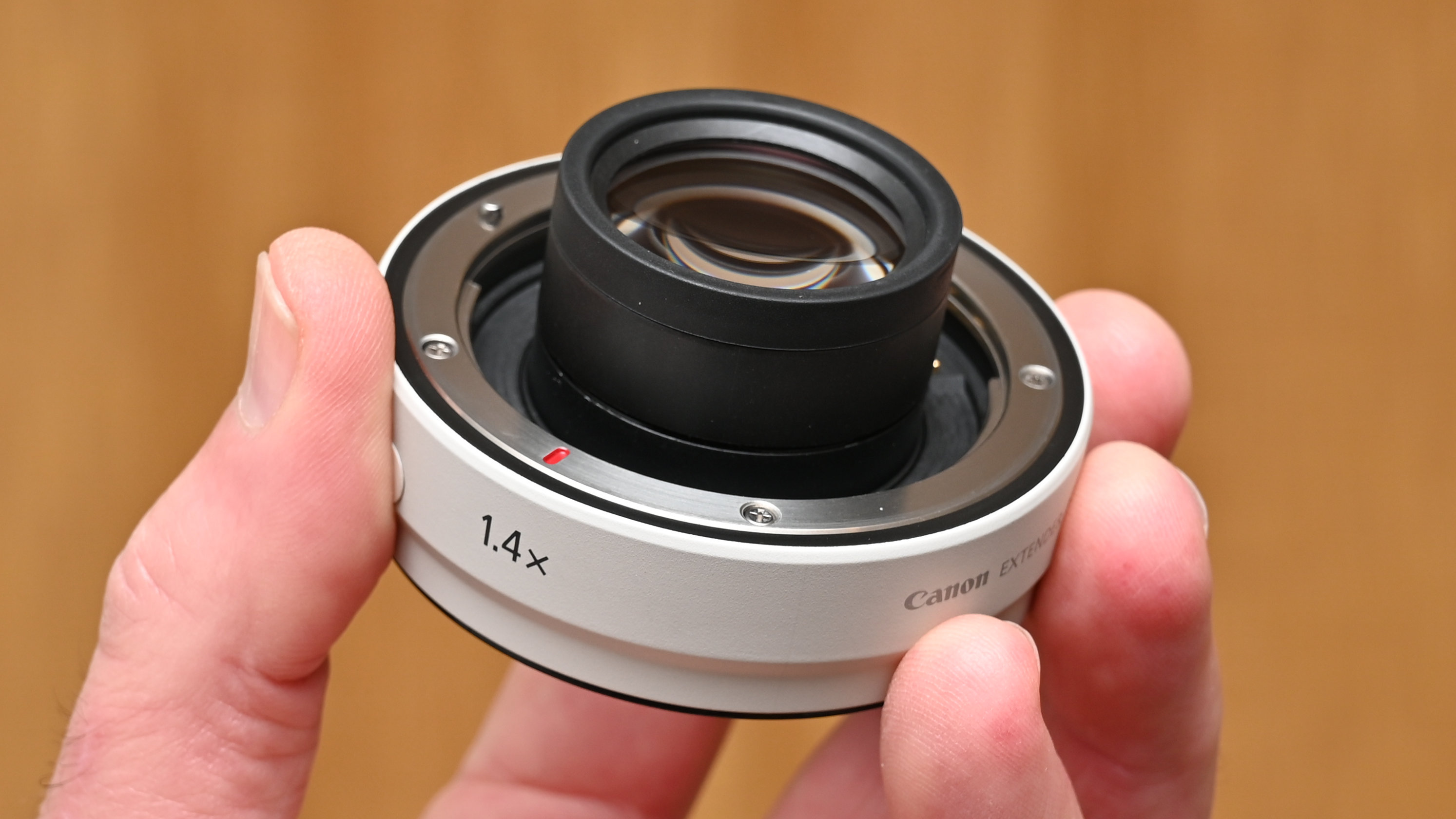
Specifications
I appreciate the impressive performance and consistent image quality delivered by the Canon Extender RF 1.4x. Its compactness and lightweight design are also commendable. When seeking additional telephoto capabilities, it offers a cost-effective and convenient solution compared to acquiring an entirely separate telephoto lens. However, it’s regrettable that it lacks compatibility with Canon’s RF 70-200mm f/2.8 and f/4 lenses, where it would have been an ideal match.
Read our full Canon Extender RF 1.4x review
Compatibility: Canon RF 100-500mm f/4.5-7.1L IS USM (can only be used within 300-500mm range), Canon RF 600mm f/11 IS STM, Canon RF 800mm f/11 IS STM
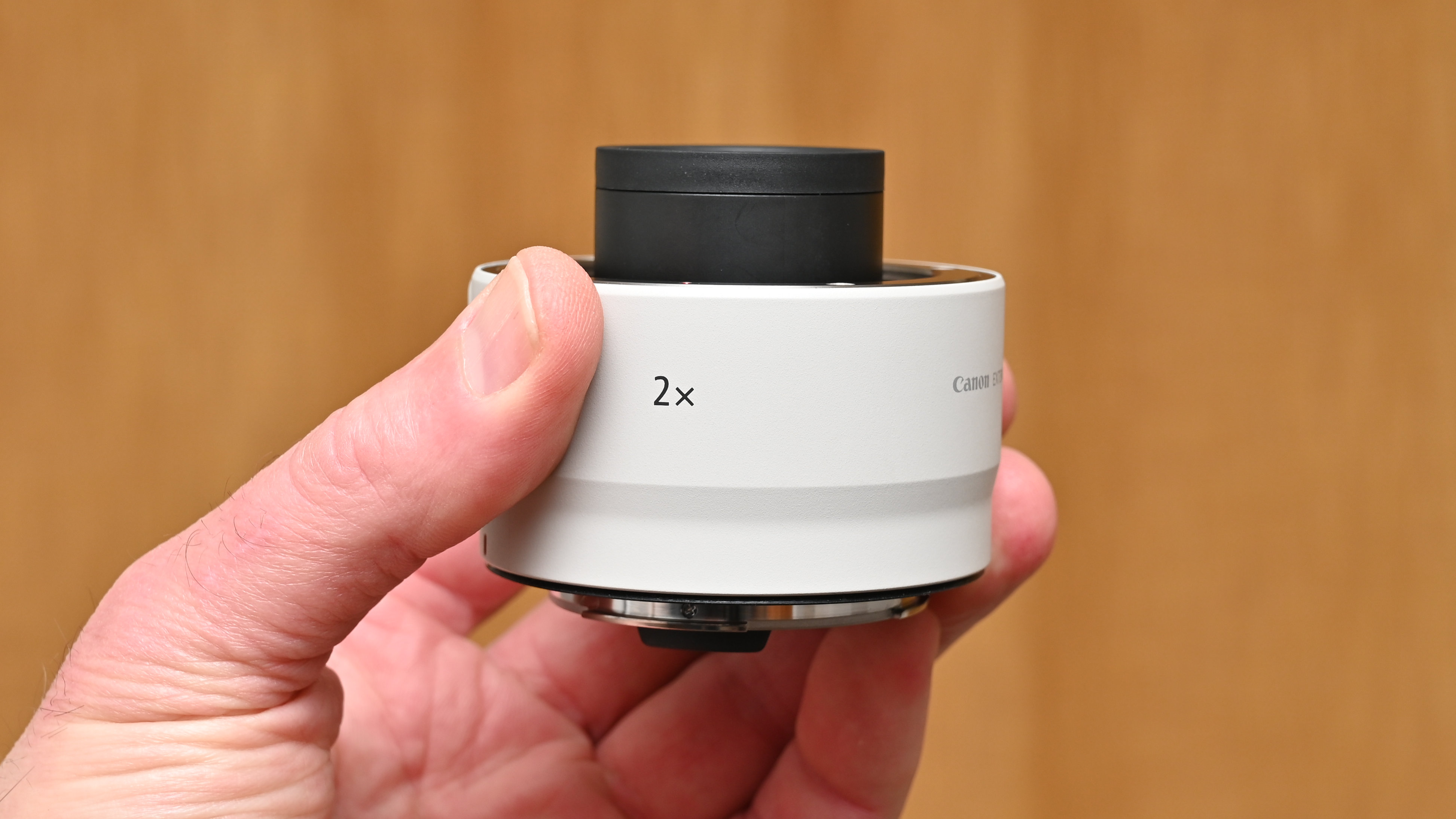
Specifications
I’m genuinely impressed by the Canon Extender RF 2x. It manages to deliver outstanding performance while preserving much of the main lens’s image quality. The fact that it’s compact and lightweight is a bonus. Plus, when I require more telephoto reach, it’s a cost-effective alternative to purchasing an additional super-telephoto lens. However, my dream combination would be this teleconverter paired with the Canon RF 70-200mm F2.8L IS USM, but unfortunately, they’re not compatible.
Read our full Canon Extender RF 2x review
Compatibility: Canon RF 100-500mm f/4.5-7.1L IS USM (can only be used within 300-500mm range), Canon RF 600mm f/11 IS STM, Canon RF 800mm f/11 IS STM
Canon EF mount teleconverters

Specifications
As much as I adore lenses, those top-quality super-telephoto primes and zooms can be shockingly expensive to purchase. Not to mention, they’re hefty beasts that can be a literal pain to lug around. However, the Canon Extender EF 1.4x III provides a valuable boost in telephoto reach without breaking the bank. At just over an inch thick and weighing a mere 225g, you can slip it into your camera bag without even noticing the difference. Plus, there’s minimal impact on the performance of your main lens—autofocus speed, image stabilization, and image quality remain virtually unaffected. All in all, the teleconverter is a savvy investment.
Read our full Canon Extender EF 1.4x III review
Compatibility: Canon is quite vague here, and says: "The Extender EF 1.4x III is compatible with most telephoto and telephoto zoom lenses within Canon’s flagship professional L-series range, extending the focal length while only reducing the effective aperture of the lens by one stop." Canon does say AF fine tuning adjustments may be needed for autofocus accuracy with some fast prime lenses.
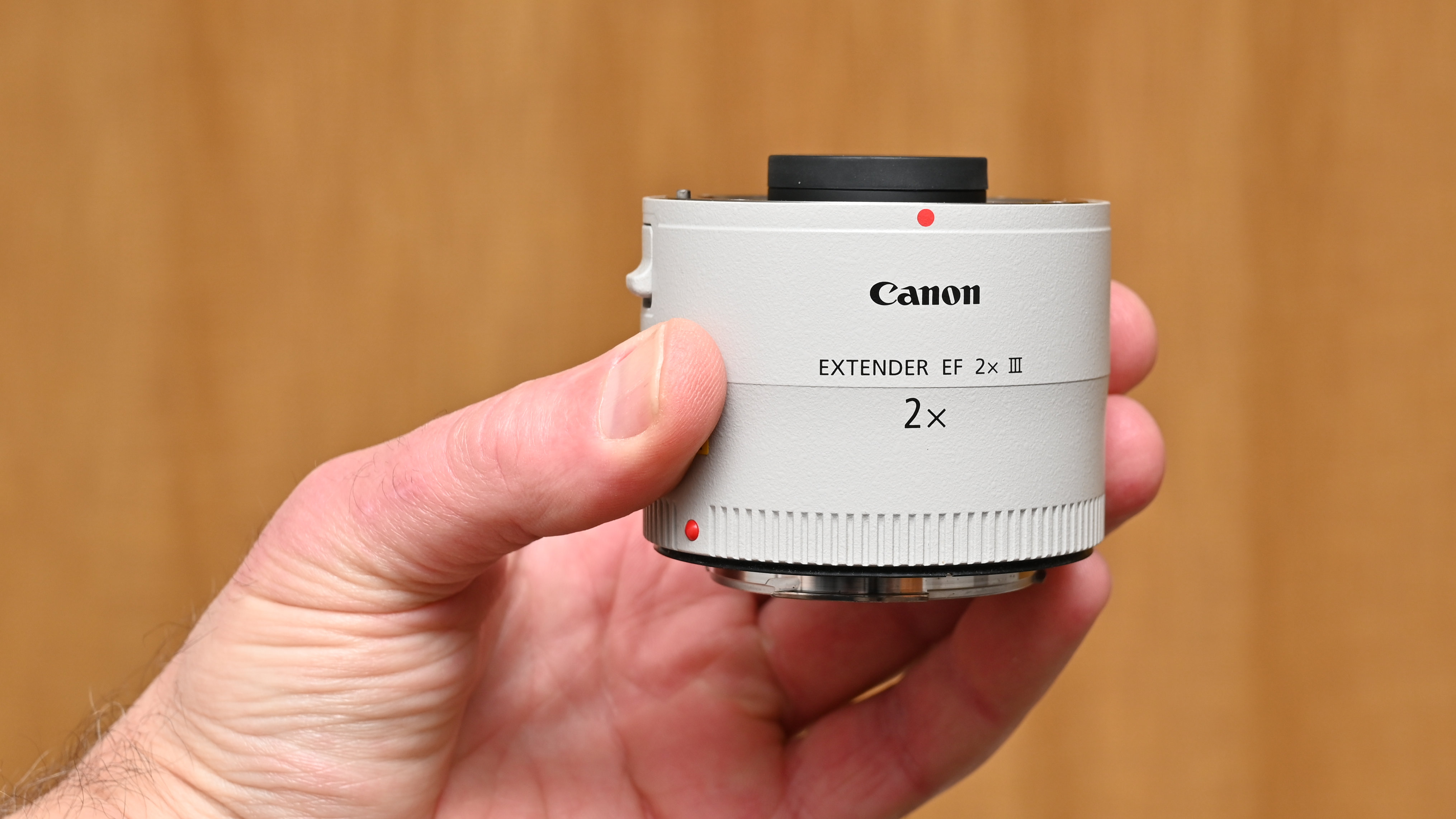
Specifications
In this compact teleconverter, there’s much to appreciate. The Canon Extender EF 2x III exemplifies the ‘tiny but mighty’ category, delivering on its promises. During testing, I was impressed by its remarkable reach when paired with the Canon EF 400mm f/2.8L IS III USM. It effectively transformed my lens into an 800mm f/5.6 powerhouse, all while maintaining excellent image quality, swift autofocus, and reliable optical image stabilization. Plus, it’s a fraction of the cost, size, and weight compared to purchasing an additional super-telephoto lens.
Read our full Canon Extender EF 2x III review
Compatibility: Again, Canon is not very specific, but suggests that the Extender EF 2x III is compatible with most telephoto and telephoto zoom lenses within Canon’s flagship professional L-series range. This teleconverter extends the focal length while only reducing the effective aperture of the lens by two stops. Canon does say AF fine tuning adjustments may be needed for autofocus accuracy with some fast prime lenses.
Nikon Z Mount Teleconverters
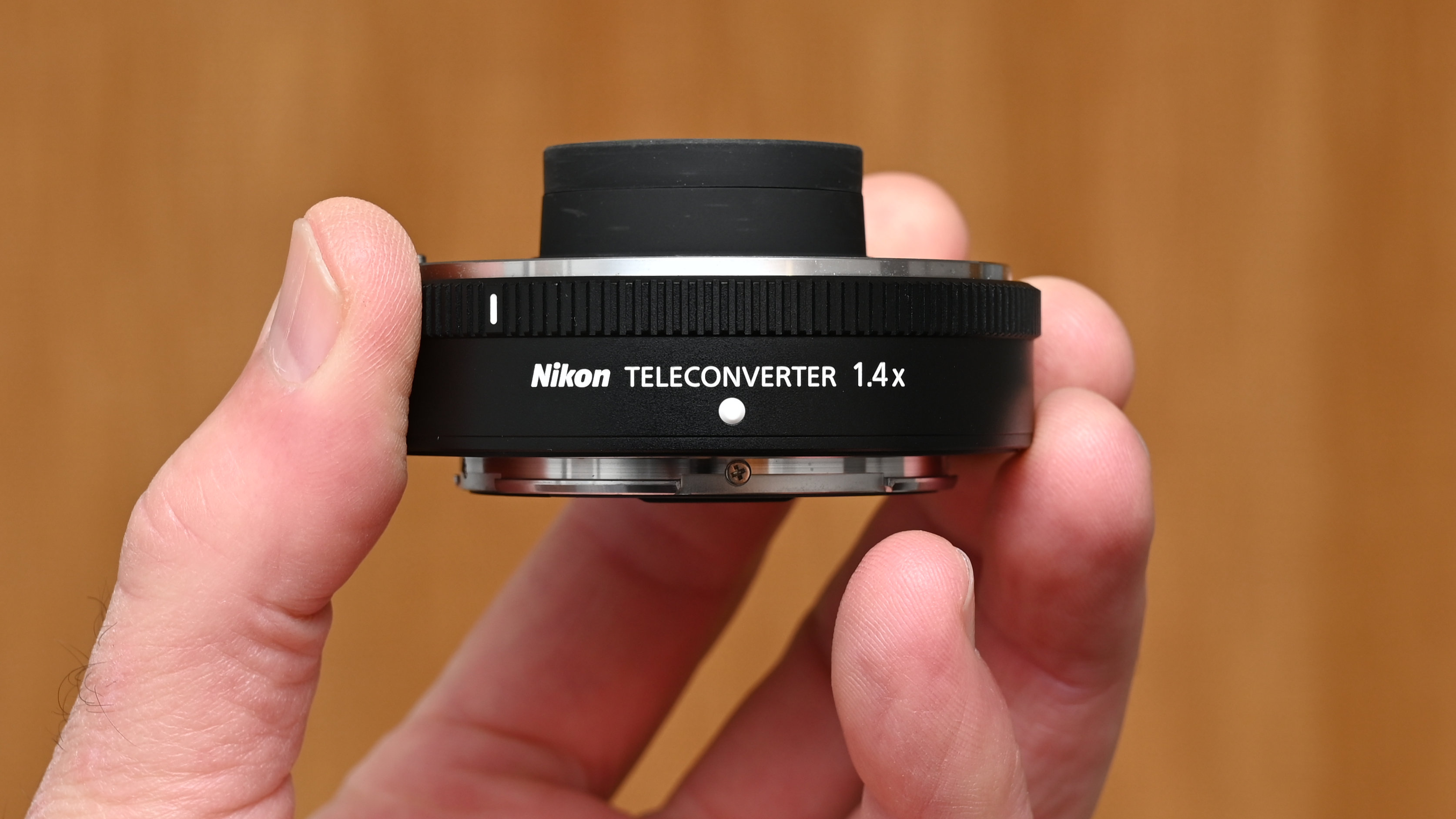
Specifications
This teleconverter is a perfect match for various Nikon Z-system telephoto prime and zoom lenses, boosting overall focal length by 1.4x. Crafted with precision, it boasts a weather-sealed anodized aluminum casing and top-notch glass with quality coatings. Its performance is outstanding, though it does come with a relatively high price tag for a 1.4x teleconverter. Nevertheless, the investment pays off when your telephoto lens falls short and fails to reach the desired distance.
Read our full Nikon Z Teleconverter TC-1.4x review
Compatibility: NIKKOR Z 70-200mm f/2.8 VR S
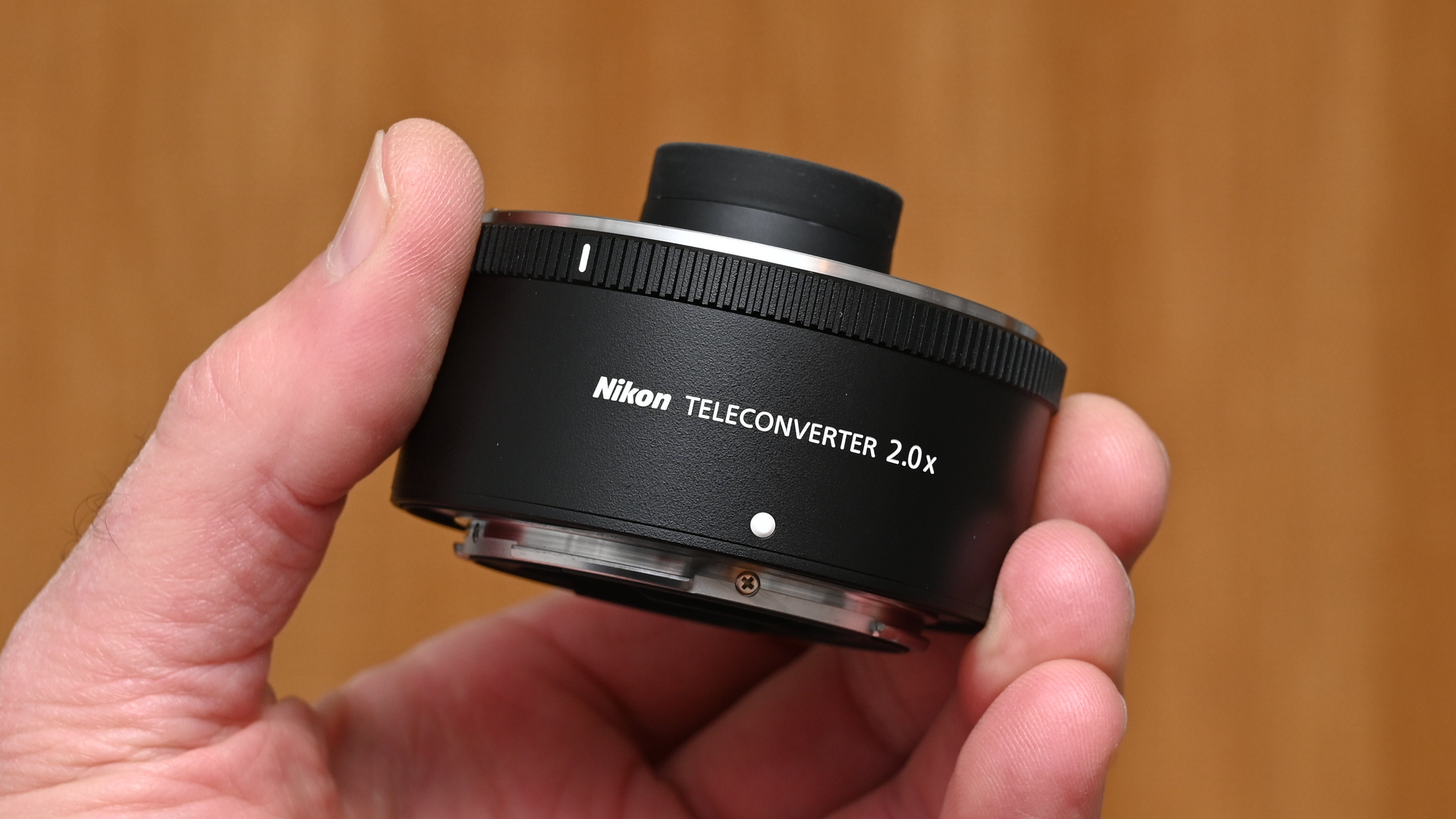
Specifications
The Nikon Z TC-2.0x is a game-changer for most Nikon Z-system telephoto lenses. When it comes to telephoto lenses, their top-notch quality often comes hand in hand with being large, heavy, and carrying a hefty price tag.
This nifty teleconverter doubles the reach of these lenses without significantly bulking up their size or weight. It is a welcome reprieve for photographers engaged in action-packed scenarios like sports or wildlife photography where the need for additional weighty lenses can be a hassle.
Sure, you'll sacrifice a couple of f/stops in aperture brightness, but fear not – the image quality and overall performance remain impressively intact.
While the TC-2.0x might seem a tad expensive for a teleconverter, it's a lifesaver in terms of cost, size, and weight when compared to the alternative of doubling up on telephoto lenses.
Read our full Nikon Z Teleconverter TC-2.0x review
Compatibility: NIKKOR Z 70-200mm f/2.8 VR S
Nikon F Mount Teleconverters
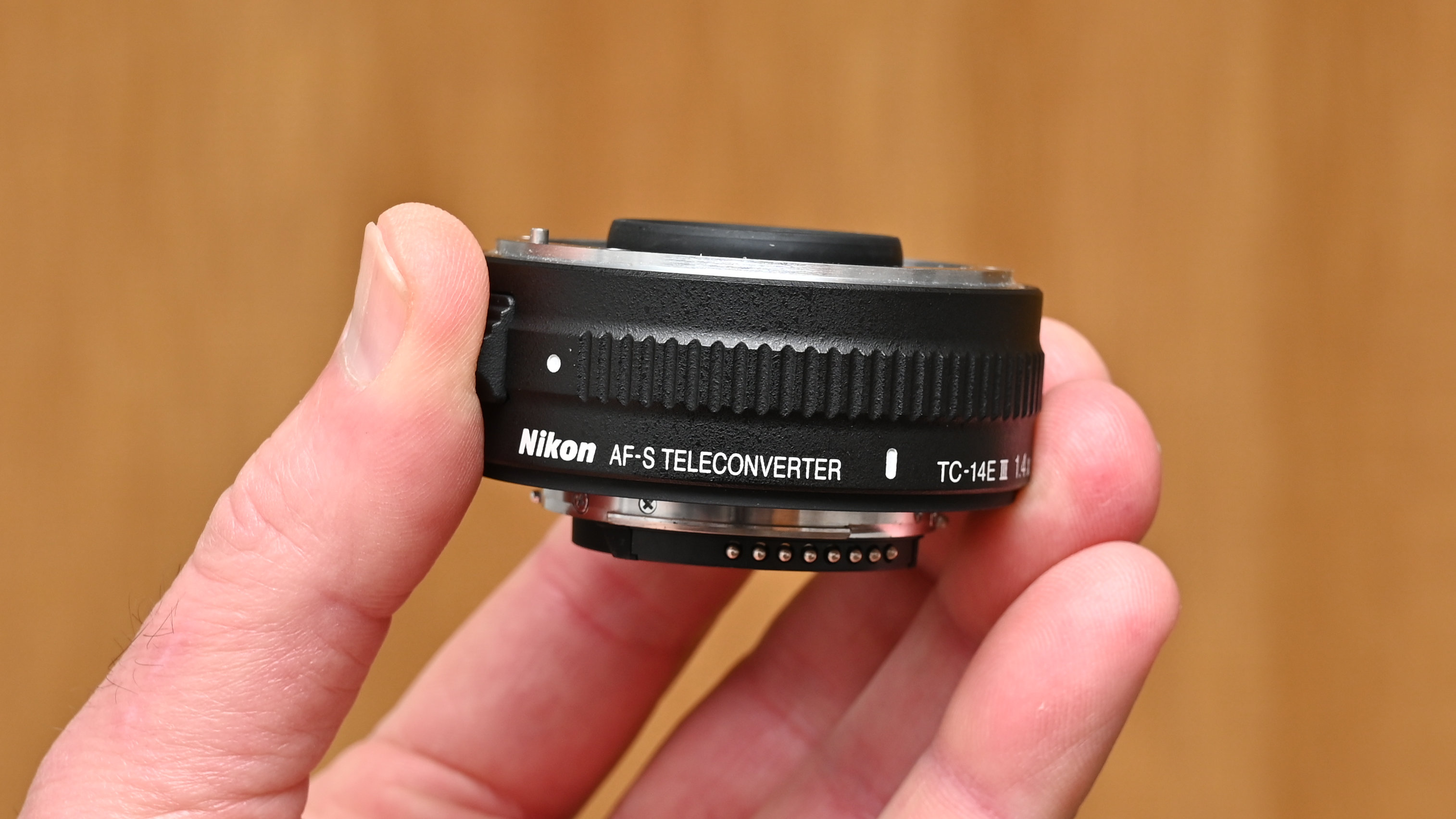
Specifications
I’m always on the lookout to expand my camera gear collection. Yet, when it comes to super-telephoto lenses, the price tags can be downright intimidating, and their weight can feel burdensome. Enter the Nikon AF-S TC-14E III – a game-changer. This little marvel provides a significant boost in telephoto reach without breaking the bank. At just an inch thick and a mere 190 grams, it slips effortlessly into my kit bag. And the best part? The main lens still performs exceptionally well in terms of autofocus speed, VR, and image quality. It’s a definite win!
Read our full Nikon AF-S TC-14E III review
Compatibility: The TC-14E III is compatible with a large number of Nikon lenses, but a few have AF limitations. Check the helpful Nikon teleconverter compatibility table for more information.
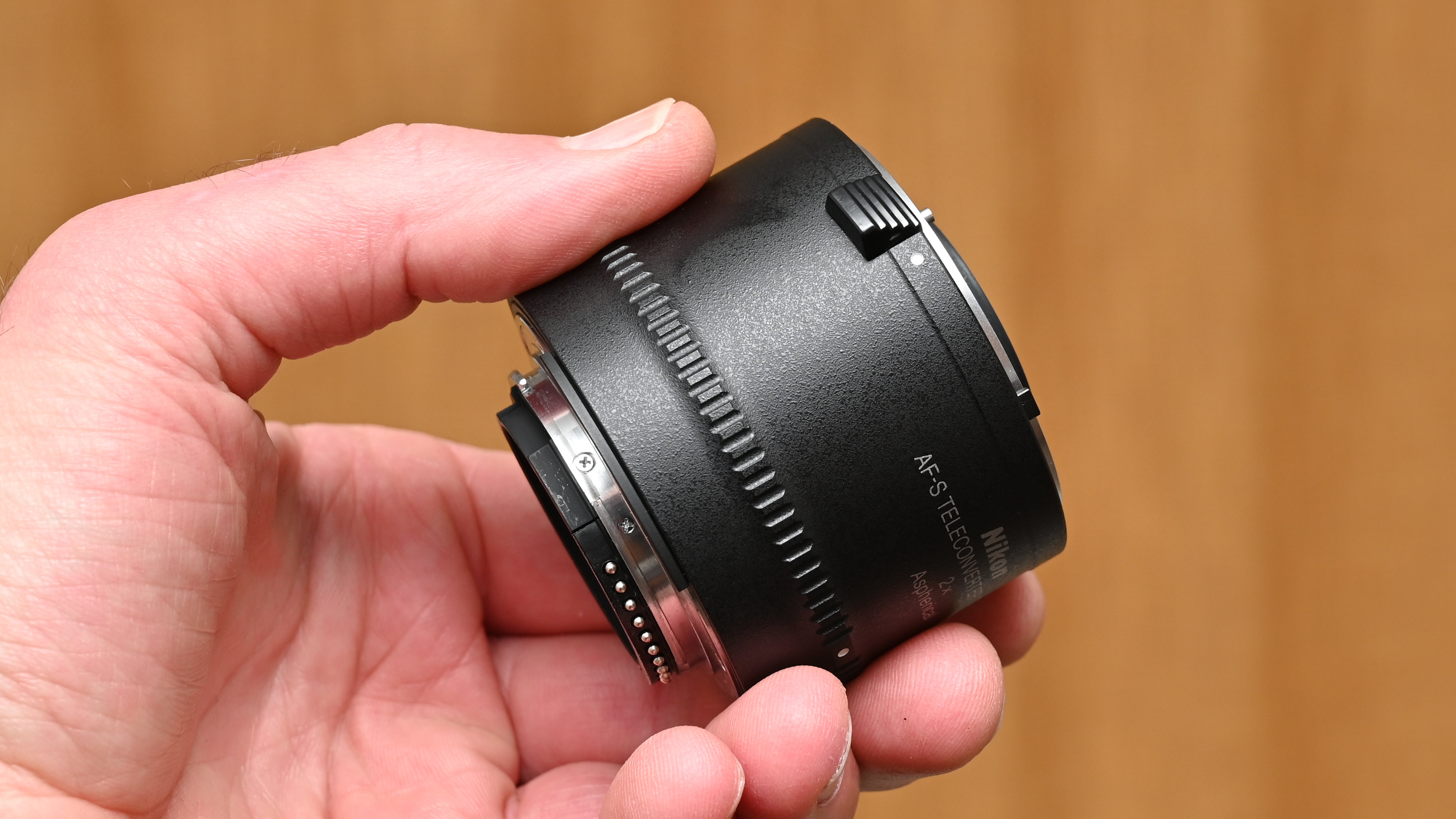
Specifications
My pockets lack the depth to satiate my lens cravings. Those hefty super-telephoto lenses, in particular, flaunt price tags that render them unaffordable for most of us. However, I adore this teleconverter for its ability to double my reach without breaking the bank. It’s compact and lightweight, making it an ideal companion for my photographic journeys—no extra bulk to weigh me down. The performance is remarkably impressive, and while it may be pricey for its category, the investment is undoubtedly worth it.
Read our full Nikon AF-S TC-20E III review
Compatibility: The TC-20E III is broadly compatible with a large number of Nikon lenses, but often with AF limitations and sometimes manual focus only. Check the Nikon teleconverter compatibility table for more information.
Sony FE mount teleconverters
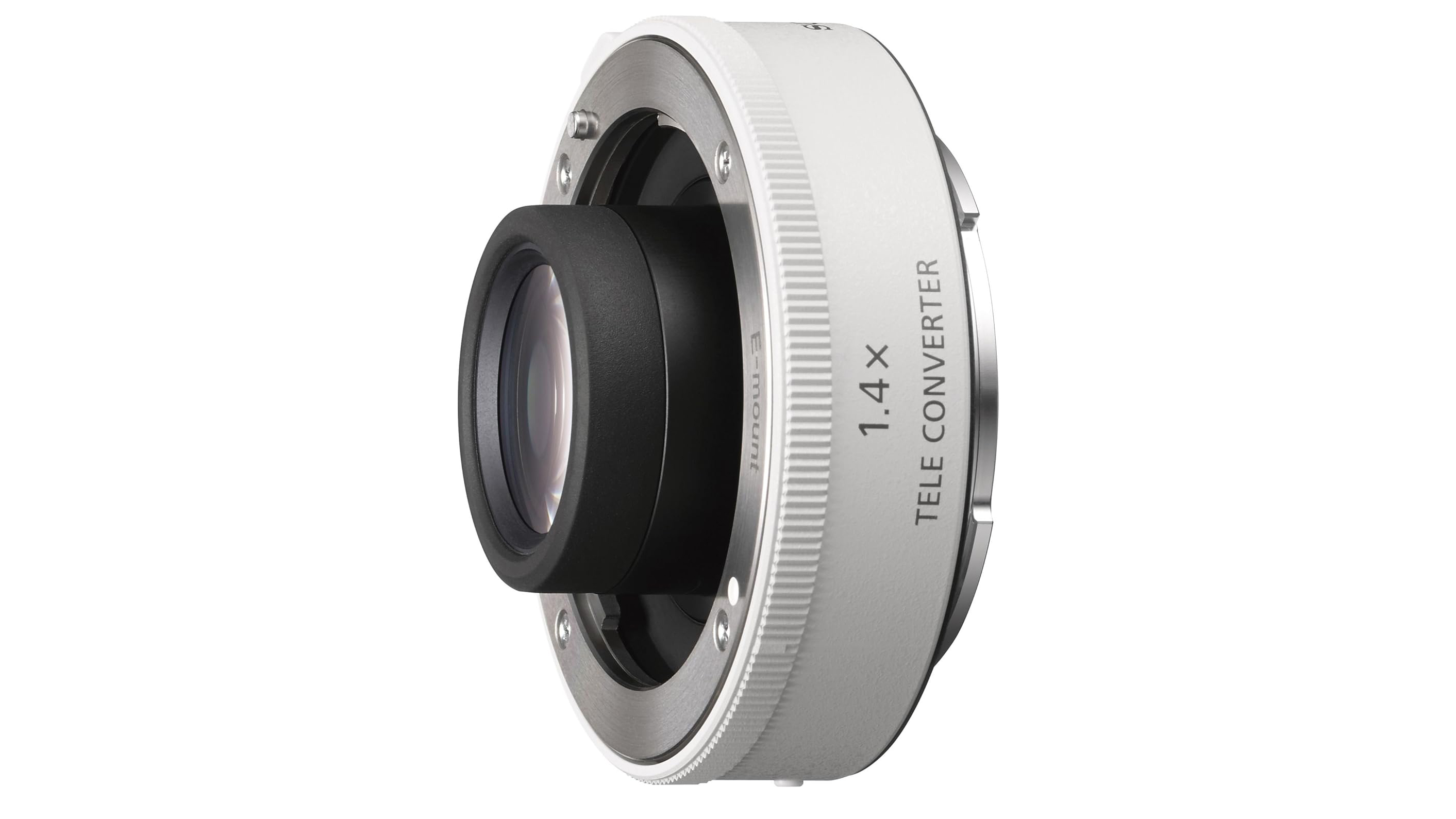
Sony FE 1.4x Teleconverter SEL14TC
Specifications
Compatibility: Sony FE 70-200mm f/2.8 GM OSS, FE 100-400mm f/4.5-5.6 GM OSS, FE 200-600mm f/5.6-6.3 G OSS, FE 400mm f/2.8 GM OSS, FE 600mm f/4 GM OSS (B&H)
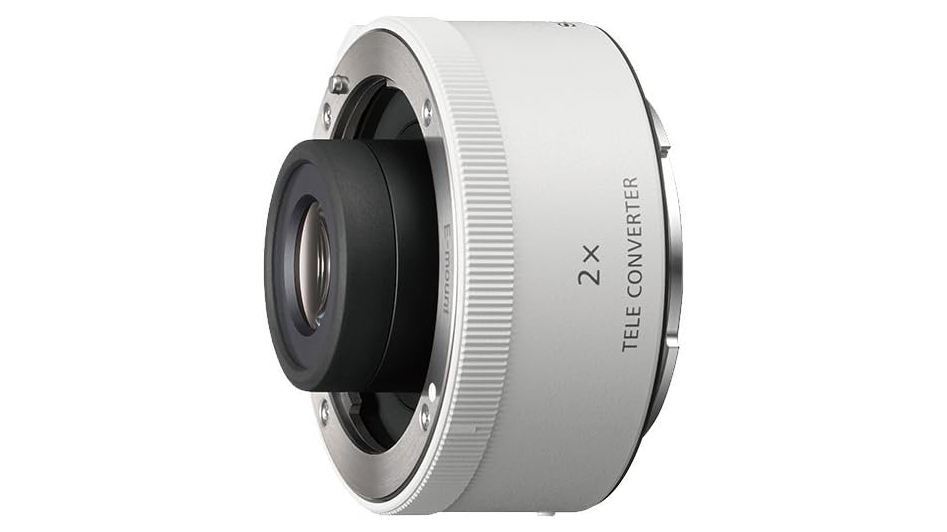
Sony FE 2.0x Teleconverter SEL20TC
Specifications
Compatibility: Sony FE 70-200mm f/2.8 GM OSS, FE 100-400mm f/4.5-5.6 GM OSS, FE 200-600mm f/5.6-6.3 G OSS, FE 400mm f/2.8 GM OSS, FE 600mm f/4 GM OSS (B&H)
Fujifilm X-mount teleconverters

Fujinon XF 1.4x TC WR Teleconverter
Our expert review:
Specifications
When employing the Fujinon XF1.4X TC WR teleconverter, there is a slight degradation compared to using a top-tier lens independently. However, this diminishment is truly minimal. I appreciate its compact and lightweight design. As expected from Fujifilm’s premium offerings, it is impeccably crafted. Opting for this teleconverter over purchasing an additional telephoto or super-telephoto lens is a smart financial move and significantly reduces the burden of extra weight.
Read our full Fujinon XF 1.4x TC WR review
Compatibility: Fujinon XF 50-140 f/2.8 R LM OIS WR, Fujinon XF 100-400mm f/4.5-5.6 R LM OIS WR
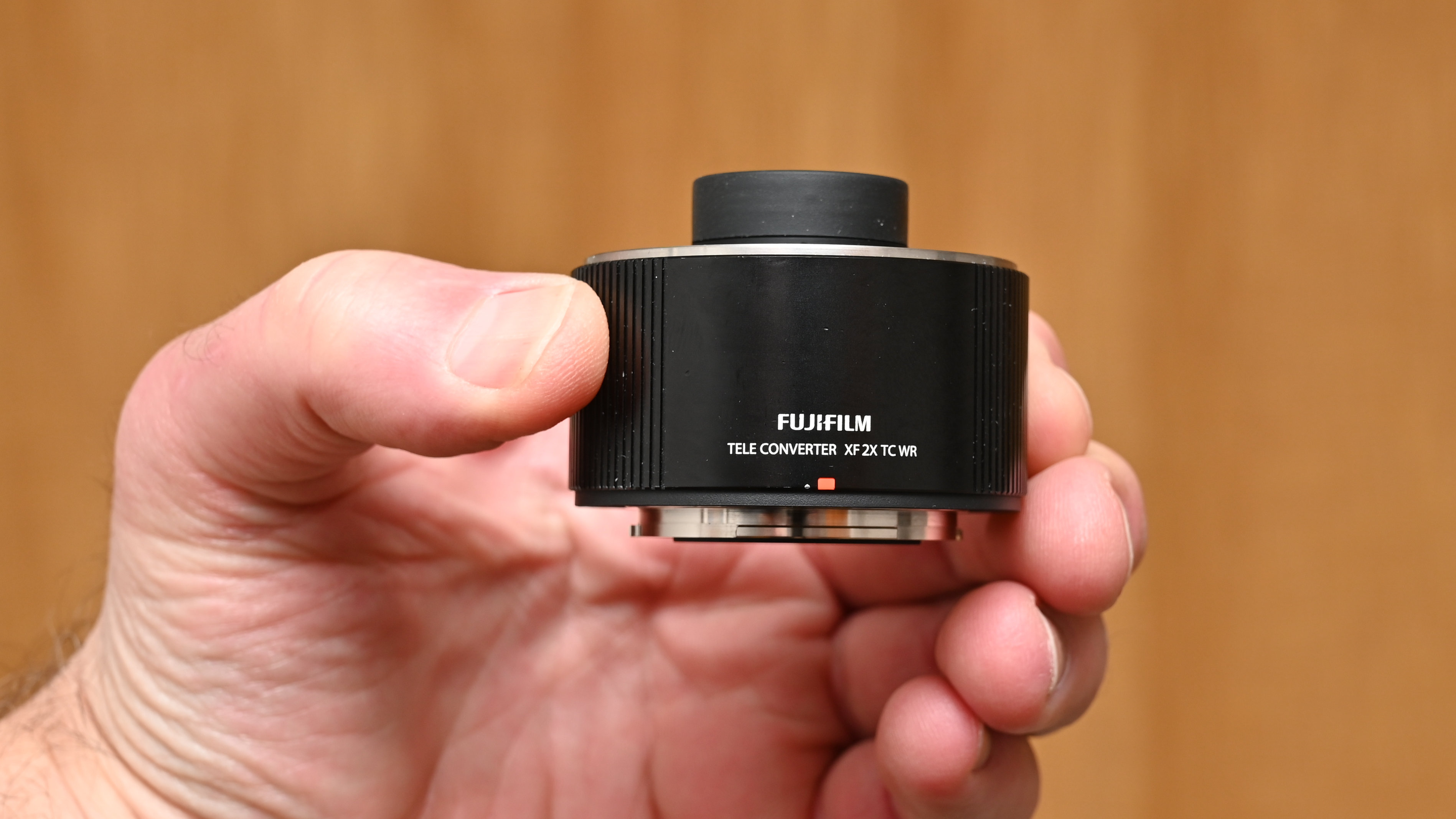
Fujinon XF 2x TC WR Teleconverter
Our expert review:
Specifications
The Fujinon XF2X TC WR teleconverter has a major selling point: its compact size. Measuring just a few inches in length and weighing a mere 170g, it’s incredibly portable. While I did notice a slight decrease in sharpness compared to using high-quality Fujinon telephoto lenses alone, it fared better than most other 2x teleconverters. Despite this, the resulting images maintain good clarity and detail. Overall, it’s a nifty accessory and a wise investment.
Read our full Fujinon XF 2x TC WR review
Compatibility: Fujinon XF 50-140 f/2.8 R LM OIS WR, Fujinon XF 100-400mm f/4.5-5.6 R LM OIS WR
Fujifilm G Teleconverters
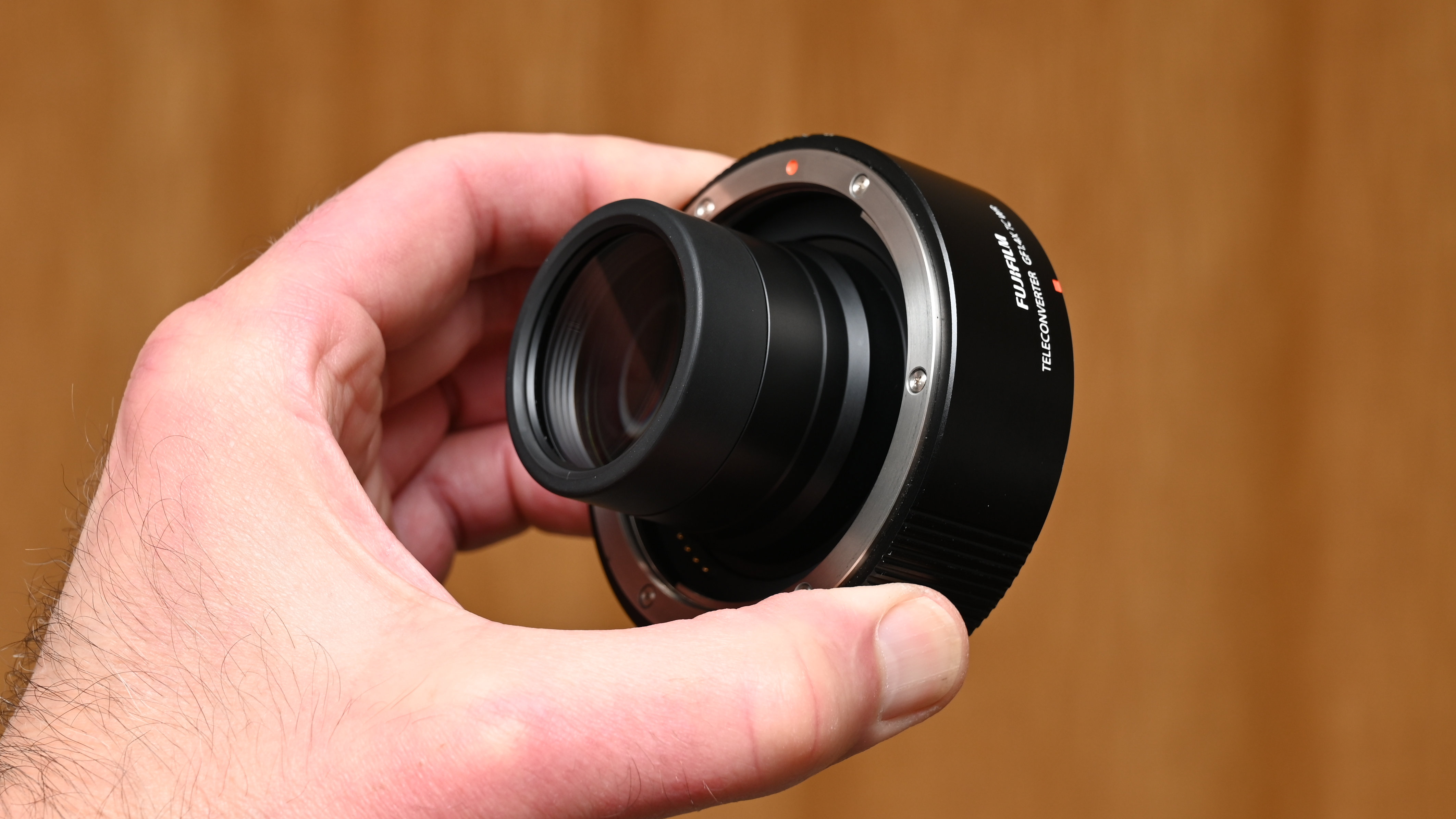
Specifications
Compatibility: Fujinon GF250mmF4 R LM OS WR, Fujinon GF100-200mmF5.6 R LM OIS WR
L-mount teleconverters
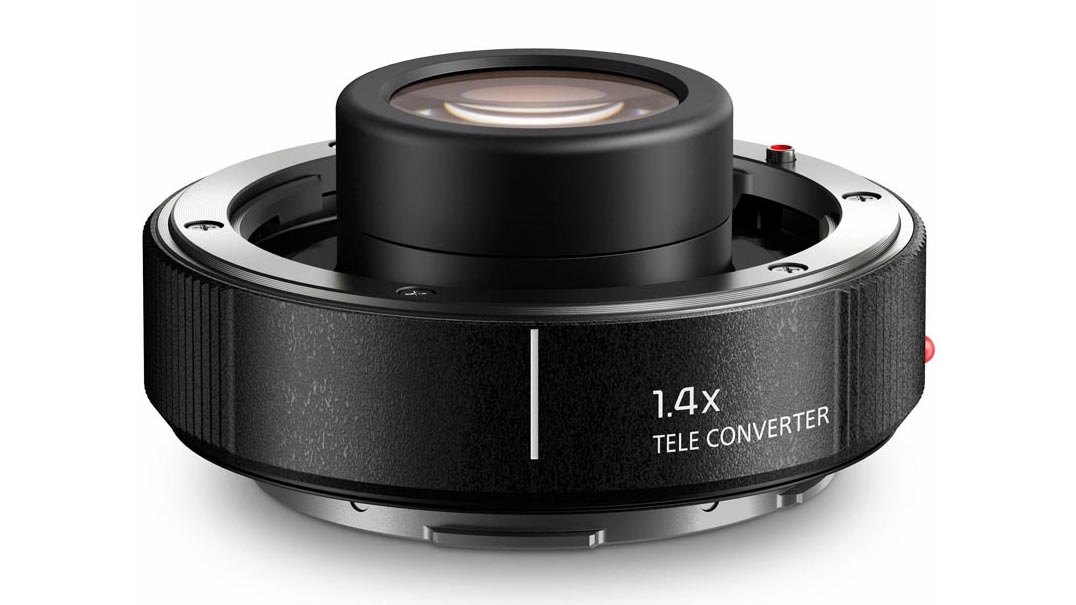
Panasonic DMW-STC14 1.4x Teleconverter
Specifications
Compatibility: Panasonic Lumix S PRO 70-200mm f/4 O.I.S., Lumix S PRO 70-200mm f/2.8 O.I.S.
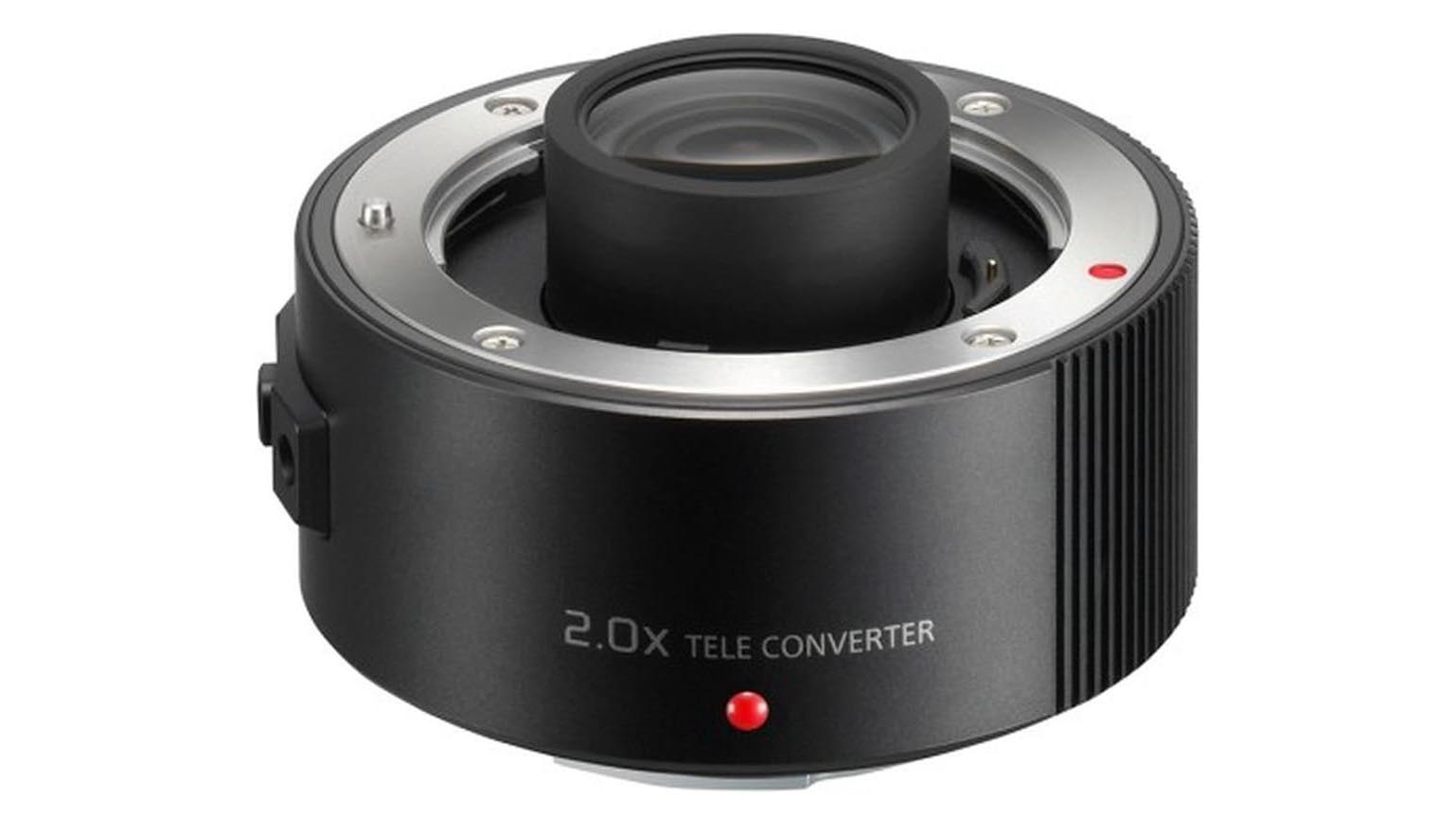
Panasonic DMW-STC20 2x Teleconverter
Specifications
Compatibility: Panasonic Lumix S PRO 70-200mm f/4 O.I.S., Lumix S PRO 70-200mm f/2.8 O.I.S.
MFT teleconverters
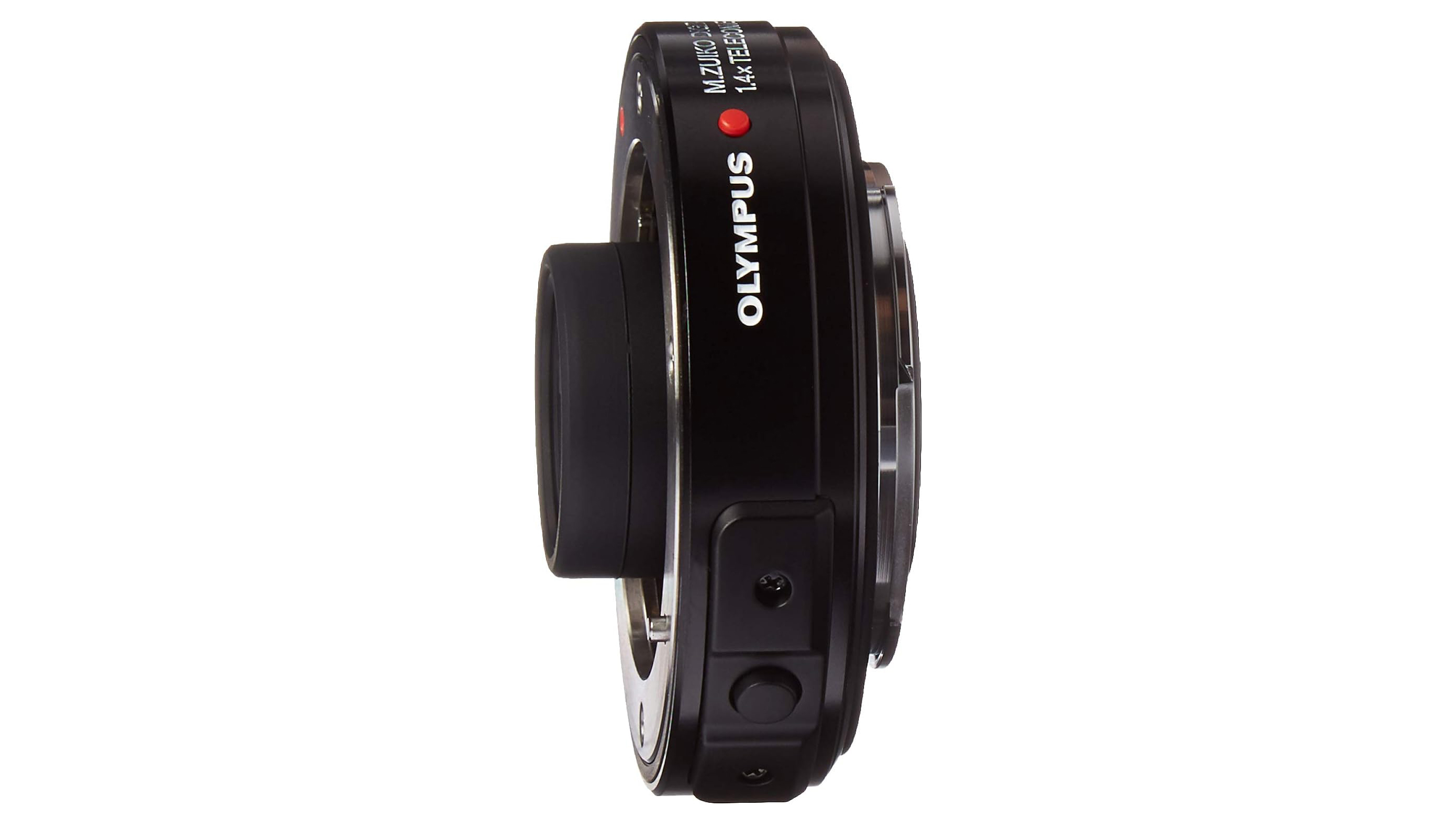
Olympus M.Zuiko Digital MC-14 1.4x Teleconverter
Specifications
Compatibility: Olympus M.Zuiko Digital ED 40-150mm f/2.8 PRO, M.ZUIKO DIGITAL ED 100‑400mm F5.0‑6.3 IS and M.Zuiko Digital ED 300m f/4 PRO
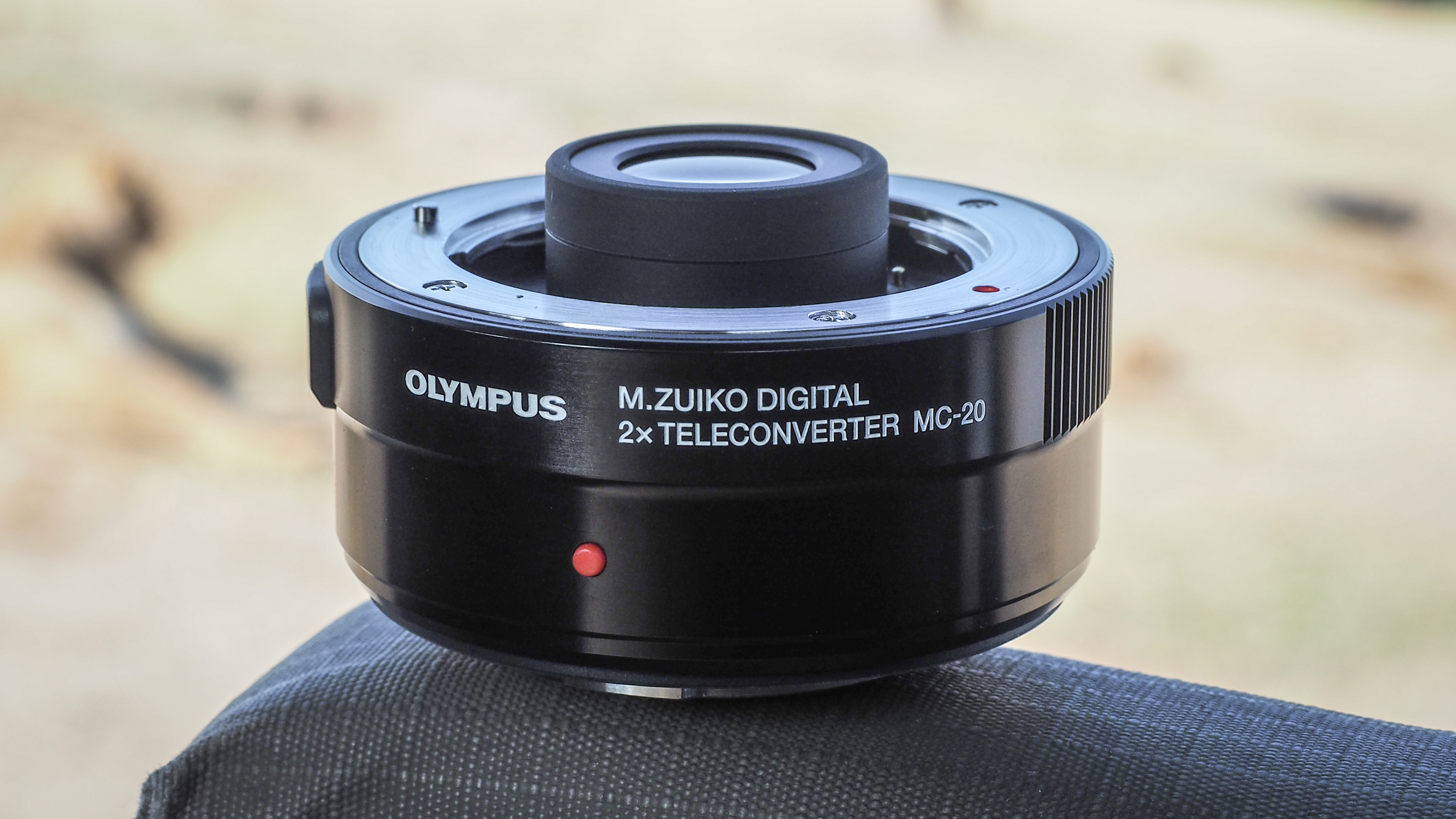
Specifications
The Olympus M.Zuiko Digital 2x Teleconverter MC-20 is approximately twice as thick as its predecessor, the 1.4x Teleconverter MC-14. However, let’s delve into the fascinating details: when paired with the Olympus 300mm f/4 lens, the difference in magnified reach between these two teleconverters is remarkable. The MC-14 transforms the lens into an 840mm equivalent, while the MC-20 takes it even further, creating a 1200mm equivalent1.
Now, let’s talk about the price difference. I can wholeheartedly recommend the MC-20. Not only does it provide an impressive super telephoto range for sports and wildlife photography, but it also doubles the magnification for super telephoto macro shots. Thanks to the optimum optical design of its master lenses, the MC-20 delivers fantastic images that would otherwise be impossible to achieve within the system
Compatibility: Olympus M.Zuiko Digital ED 40-150mm f/2.8 PRO, M.ZUIKO DIGITAL ED 100‑400mm F5.0‑6.3 IS and M.Zuiko Digital ED 300m f/4 PRO
See our full Olympus M.Zuiko Digital 2x teleconverter review
How to choose the best teleconverter
Pros and cons of the best teleconverters
Teleconverters are small, portable, and easy to pack in a bag when you're on assignment. More importantly still, they represent an extremely cost-effective way of taking an existing telephoto lens and making it go further, without the substantial cost of a whole new, much longer lens – which can sometimes reach prices in the tens of thousands.
The major disadvantage of using a teleconverter is the loss in maximum aperture, which can be a challenge in low light. Maintaining good image quality is another. In order to get the most out of a teleconverter, it's best to use them with an already fast, pro-spec lens. Like most photography products, you can find cheaper teleconverter/telephoto lens pairings out there, but with these aren't likely to get the same levels of image quality as you would from a pro lens and own-brand teleconverter.
Can any teleconverter work with any lens?
Unfortunately, no! Many years ago, you might have been able to buy a generic teleconverter that would work with all lenses sharing that camera mount. However today lens mounts have far greater electro-mechanical complexity. Different aperture controls and AF systems means that teleconverters aren't just specific to camera brands, but that they will only work with specific lenses, too.
In fact, teleconverters today are used solely to extend the range of telephoto lenses, so they can't be used as a generic 'magnifier' for all your lenses. What's more, you will find that they can't be used with all telephotos, even those from the same maker. Indeed, some teleconverters are designed for a single lens.
Please note: we have done our best to establish which lenses are compatible with each teleconverter, but please double-check before you buy.
Keep all of this firmly in mind as you browse our guide to the best teleconverters, and decide which is the best option for your camera and lenses. We've split our guide into sections for each lens mount to help you find teleconverters to fit your system.
Get the Digital Camera World Newsletter
The best camera deals, reviews, product advice, and unmissable photography news, direct to your inbox!

For nearly two decades Sebastian's work has been published internationally. Originally specializing in Equestrianism, his visuals have been used by the leading names in the equestrian industry such as The Fédération Equestre Internationale (FEI), The Jockey Club, Horse & Hound, and many more for various advertising campaigns, books, and pre/post-event highlights.
He is a Fellow of the Royal Society of Arts, holds a Foundation Degree in Equitation Science, and holds a Master of Arts in Publishing. He is a member of Nikon NPS and has been a Nikon user since his film days using a Nikon F5. He saw the digital transition with Nikon's D series cameras and is still, to this day, the youngest member to be elected into BEWA, the British Equestrian Writers' Association.
He is familiar with and shows great interest in 35mm, medium, and large-format photography, using products by Leica, Phase One, Hasselblad, Alpa, and Sinar. Sebastian has also used many cinema cameras from Sony, RED, ARRI, and everything in between. He now spends his spare time using his trusted Leica M-E or Leica M2, shooting Street/Documentary photography as he sees it, usually in Black and White.
